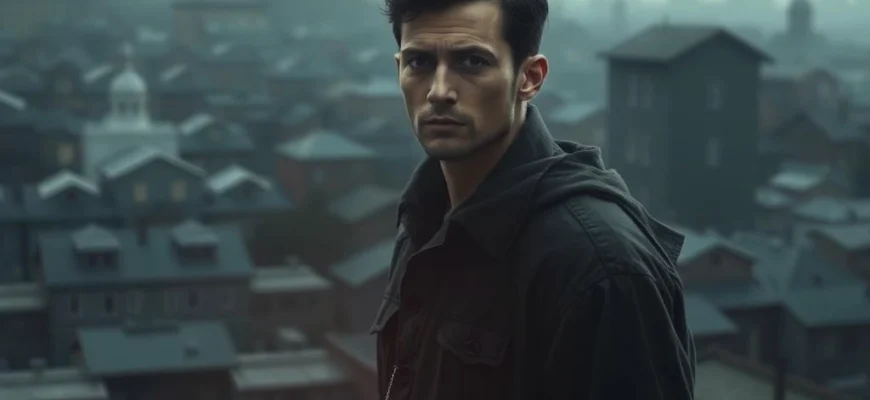If you were moved by the harrowing and powerful narrative of 'Genocide' (1982), this article is for you. We've curated a list of 10 similarly impactful movies and shows that explore themes of survival, resilience, and historical atrocities. Whether you're seeking more thought-provoking content or want to delve deeper into this genre, these recommendations will captivate and educate.
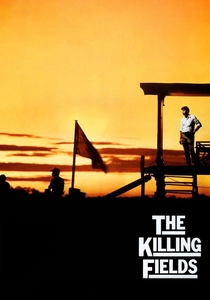
The Killing Fields (1984)
Description: This film explores the harrowing realities of war and genocide, focusing on the Cambodian genocide. Its unflinching portrayal of human suffering and survival under extreme conditions makes it a powerful and emotionally resonant piece.
Fact: The film is based on the real-life experiences of journalist Sydney Schanberg and his Cambodian colleague Dith Pran. It won three Academy Awards, including Best Supporting Actor for Haing S. Ngor, a non-professional actor who had survived the Khmer Rouge regime.
 Watch Now
Watch Now 
Come and See (1985)
Description: A visceral and surreal portrayal of the horrors of war, particularly the Nazi occupation of Belarus. The film's raw and unrelenting depiction of violence and trauma immerses the viewer in the protagonist's nightmarish experience.
Fact: The film's title is derived from a biblical quote in the Book of Revelation. Director Elem Klimov used real ammunition and explosives during filming to create an authentic and terrifying atmosphere.
 Watch Now
Watch Now 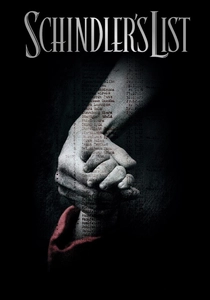
Schindler's List (1993)
Description: A deeply moving depiction of the Holocaust, this film captures the brutality of genocide while also highlighting acts of humanity and resistance. Its black-and-white cinematography and stark realism create a haunting and unforgettable experience.
Fact: The film was shot in black and white to reflect the documentary style of the era. The girl in the red coat is one of the few instances of color in the film, symbolizing the innocence lost during the Holocaust.
 Watch Now
Watch Now 
Life Is Beautiful (1997)
Description: This film combines humor and tragedy to tell the story of a father protecting his son from the horrors of a concentration camp. Its unique blend of comedy and heartbreak offers a different but equally powerful perspective on genocide.
Fact: Roberto Benigni, who directed and starred in the film, won the Academy Award for Best Actor. He famously climbed over the seats to accept his award, a moment that became iconic in Oscar history.
 Watch Now
Watch Now 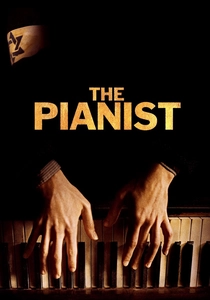
The Pianist (2002)
Description: This film tells the story of a Jewish pianist's survival during the Warsaw Ghetto uprising and the Holocaust. Its focus on individual resilience amidst widespread destruction and dehumanization makes it a poignant and gripping narrative.
Fact: The film is based on the autobiography of Władysław Szpilman, a Polish-Jewish pianist who survived the Holocaust. Adrien Brody, who played Szpilman, won the Academy Award for Best Actor at age 29, the youngest actor to win in that category at the time.
 Watch Now
Watch Now 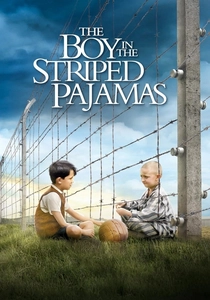
The Boy in the Striped Pyjamas (2008)
Description: Through the innocent perspective of a child, this film reveals the horrors of the Holocaust in a subtle yet devastating manner. Its focus on friendship and betrayal amidst genocide creates a deeply emotional impact.
Fact: The film's ending was changed from the original novel to make it more cinematic. The striped pajamas worn by the prisoners were historically inaccurate, as real concentration camp uniforms were not striped in the way depicted.
 Watch Now
Watch Now 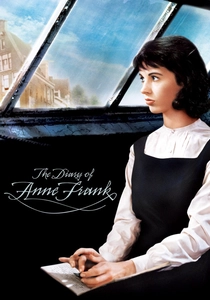
The Diary of Anne Frank (1959)
Description: This adaptation of Anne Frank's diary brings to life the daily struggles and hopes of a Jewish family hiding from the Nazis. Its intimate portrayal of fear, resilience, and the loss of innocence resonates deeply with audiences.
Fact: The film was shot on the same set as the Broadway play adaptation, which was meticulously designed to match the actual Secret Annex in Amsterdam. Shelley Winters won an Academy Award for her role as Mrs. Van Daan and donated the Oscar to the Anne Frank House in Amsterdam.
 Watch Now
Watch Now 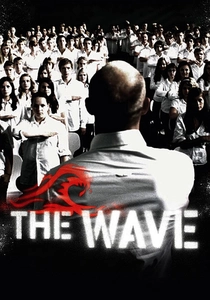
The Wave (2008)
Description: This German film explores how easily ordinary people can be manipulated into committing acts of violence and oppression. Its examination of group dynamics and authoritarianism serves as a cautionary tale about the potential for mass atrocities.
Fact: The film is based on a real-life social experiment conducted by a high school teacher in California in
 Watch Now
Watch Now 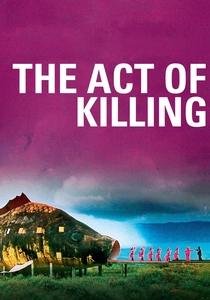
The Act of Killing (2012)
Description: This documentary delves into the Indonesian mass killings of 1965-66 through the perspectives of the perpetrators. Its unconventional approach forces viewers to confront the banality and horror of genocide in a deeply unsettling way.
Fact: The film's subjects reenact their crimes in various cinematic genres, blurring the line between reality and fiction. It was initially banned in Indonesia but later screened privately for government officials.
 Watch Now
Watch Now 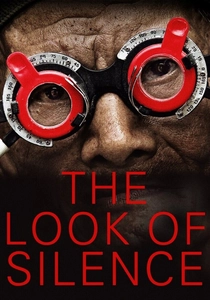
The Look of Silence (2014)
Description: A companion piece to 'The Act of Killing,' this documentary focuses on the victims' families and their quest for truth and reconciliation. Its quiet, introspective style contrasts with the brutality of the events it examines.
Fact: The film's director, Joshua Oppenheimer, worked anonymously with many of his crew members due to the sensitive nature of the subject matter. It was nominated for an Academy Award for Best Documentary Feature.
 Watch Now
Watch Now 
